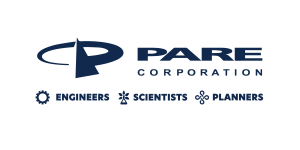Resource
Non-Invasive Methods for Seepage Detection, Mapping and Monitoring in Embankment Dams
Abstract Only - In general, embankment dams are expected to seep. Dam designs include drainage systems to collect and discharge seepage water into the downstream channel. Anomalous seepage, especially when induced by internal erosion, is a major concern for owners and operators. Internal erosion causes an increase in flow due to loss of fine particles. This increase in flow can compromise the structural stability of the embankment dam. The long established techniques for monitoring water seepage (piezometers, standpipes, weirs etc.) provide sparse information which may not be sufficient to detect and map the seepage path. Hence, there exists a great need for non-invasive techniques that would be sensitive to changing seepage conditions. The non-invasive nature of the techniques is particularly important because drilling and other penetrating (destructive) investigation methods are normally avoided.
Non-invasive techniques such as self-potential (SP) and high-resolution resistivity have been significantly improved in recent years and have been used successfully for dam investigations and monitoring. This paper presents a state-of-the-art review of the self-potential and resistivity methods and their application in dam monitoring.
































